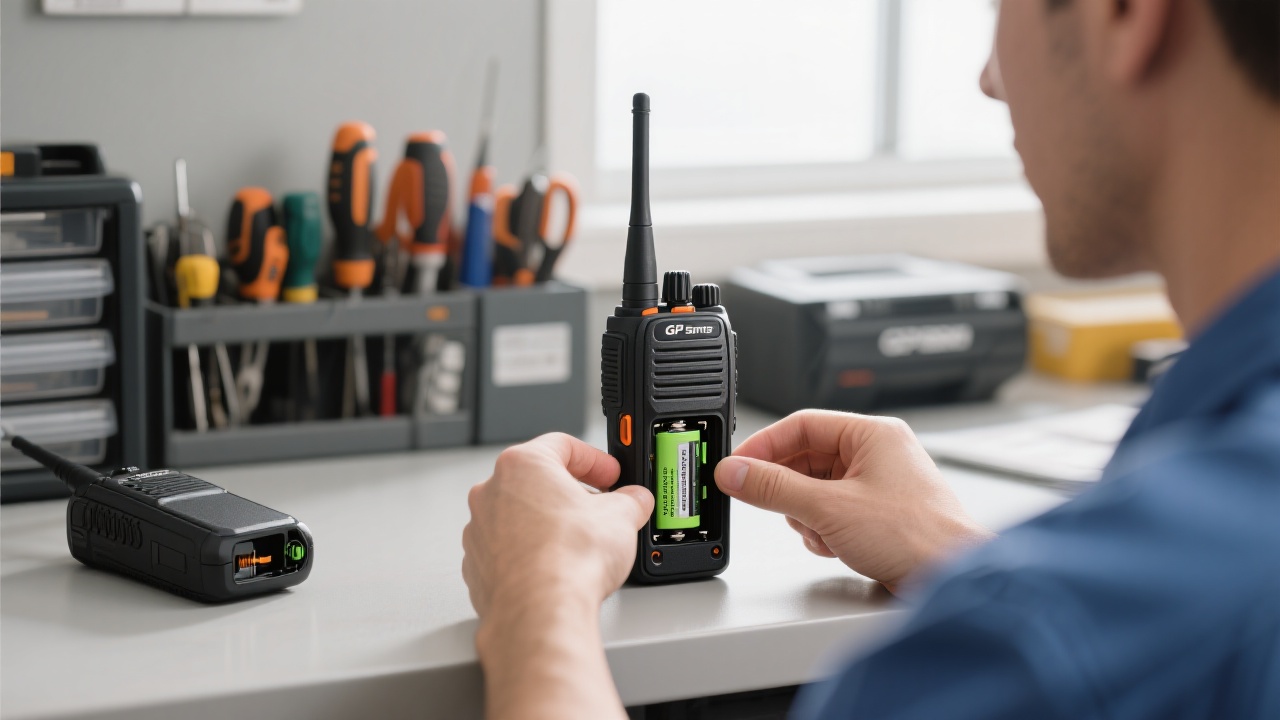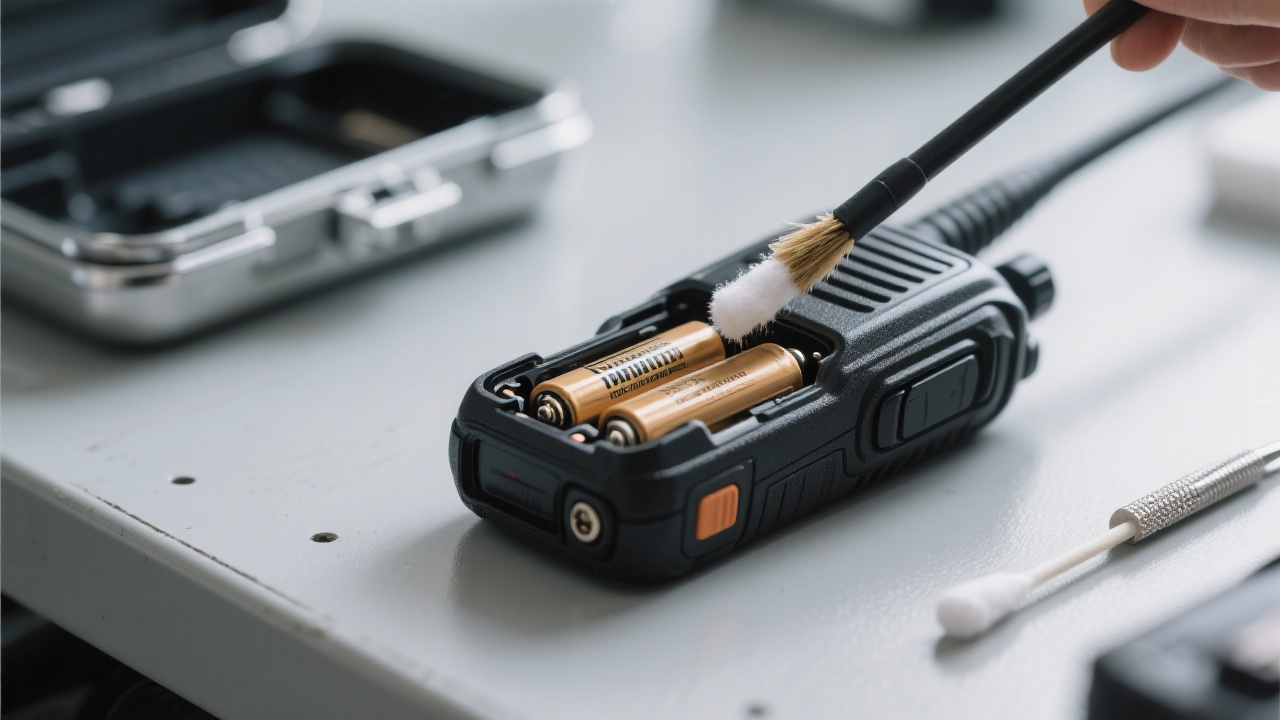
In the wireless communication industry, optimizing battery performance without compromising device portability remains a critical challenge, especially for professional two-way radios. With over 18 years of global B2B trade experience across electronics and communication sectors, it has become clear that batteries with high energy density and slim form factors are paramount for exterior use cases. This article delves into the practical application of a 7.4V thin lithium battery with high energy density in Motorola walkie-talkies, highlighting its technical advantages, design integration strategies, and resulting performance enhancements.
Many procurement specialists and product engineers gravitate towards nominal voltage ratings like 7.4V when selecting lithium batteries due to the balance they offer between power and safety. However, what often gets overlooked is the importance of the slim profile combined with a high energy density pack, which directly impacts the form factor and ergonomics of handheld radios.
The 7.4V slim lithium battery discussed typically measures less than 12mm in thickness, allowing seamless integration into compact radio housings without increasing device bulk—a crucial factor in demanding field operations, such as security, firefighting, and construction.
A leading external battery supplier collaborated with Motorola’s R&D team to retrofit their popular professional two-way radios with these 7.4V slim lithium batteries. The key technical challenges involved maintaining device ergonomics, enhancing battery life, and improving thermal management.
Utilizing a densely packed cell arrangement, the battery module was engineered to maximize volumetric energy density, achieving up to 5000mAh in a compact footprint of 60mm × 45mm × 11.5mm. The layout also aligned with the radio’s internal design, reducing assembly complexity and improving spatial efficiency.
Given lithium batteries’ sensitivity to heat, the retrofit incorporated graphite heat spreaders and a strategically designed venting pathway. Thermal simulations and real-world tests confirmed surface temperatures remaining below 40°C during sustained communication, significantly enhancing operational reliability.
This heat management improvement reduced risks of thermal runaway, a common pain point in tightly packed two-way radios operating in warm climates.

Safety and lifecycle optimization were addressed by embedding an advanced BMS that continuously monitors cell voltage, temperature, and charge/discharge currents. This system allows for:
The BMS’s modular architecture also facilitates easy firmware updates, ensuring compatibility with evolving Motorola radio models.
| Metric | Value | Remarks |
|---|---|---|
| Voltage (Nominal) | 7.4V | Standard for balance of compatibility & power |
| Capacity | 5000mAh | Supports 12+ hours continuous use |
| Thickness | 11.5mm | Slim to fit compact housing |
| Max Surface Temp. | <40°C | Ensures safe operation under load |
| Charge Cycles | 1200+ | Extended battery lifespan |

The global wireless communication device market is rapidly evolving, driven by increased demand for reliable, long-lasting, and portable power sources. Key trends expected to accelerate include:
Incorporating slim, high-energy density lithium batteries like the 7.4V model discussed aligns perfectly with these trends, giving exporters and OEMs a competitive edge in meeting global procurement standards.

After extensive field validation, the 7.4V slim lithium battery demonstrates:
For exporters targeting highly regulated and demanding markets like North America, EU, and Asia-Pacific, this battery type offers a sound investment in quality and customer satisfaction.
In essence, the high-energy density 7.4V slim lithium battery integrates seamlessly in professional two-way radios, markedly improving performance, portability, and safety. The combination of technical design, BMS innovation, and in-field validation positions it as the preferred choice for external battery suppliers and OEMs aiming for export excellence.
Have you faced battery capacity or thermal issues in your wireless communication products? Share your specific scenarios, and we’ll provide you with tailored case studies and optimization strategies that suit your industry context.
Explore Proven Battery Solutions to Boost Your Wireless Devices Now